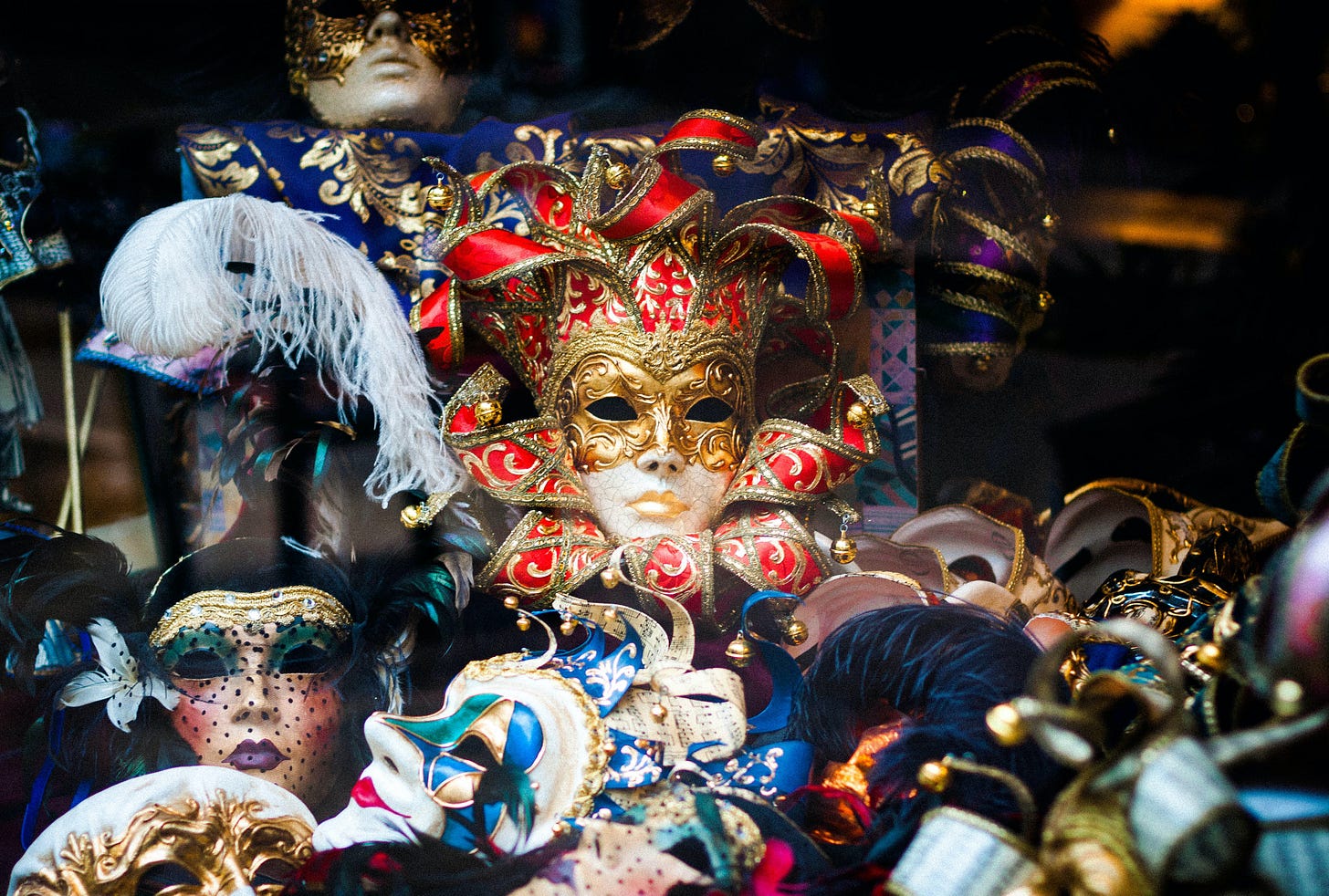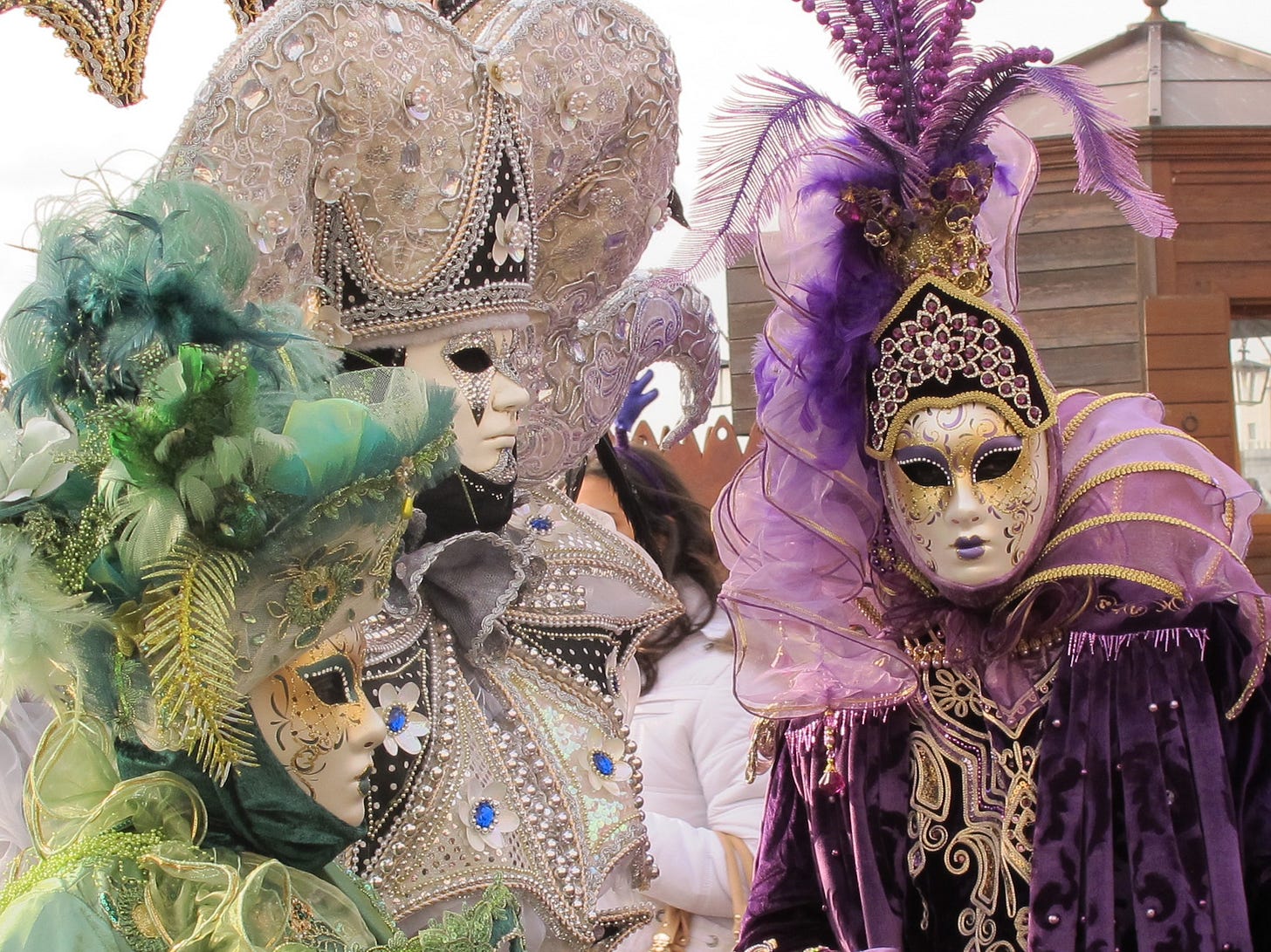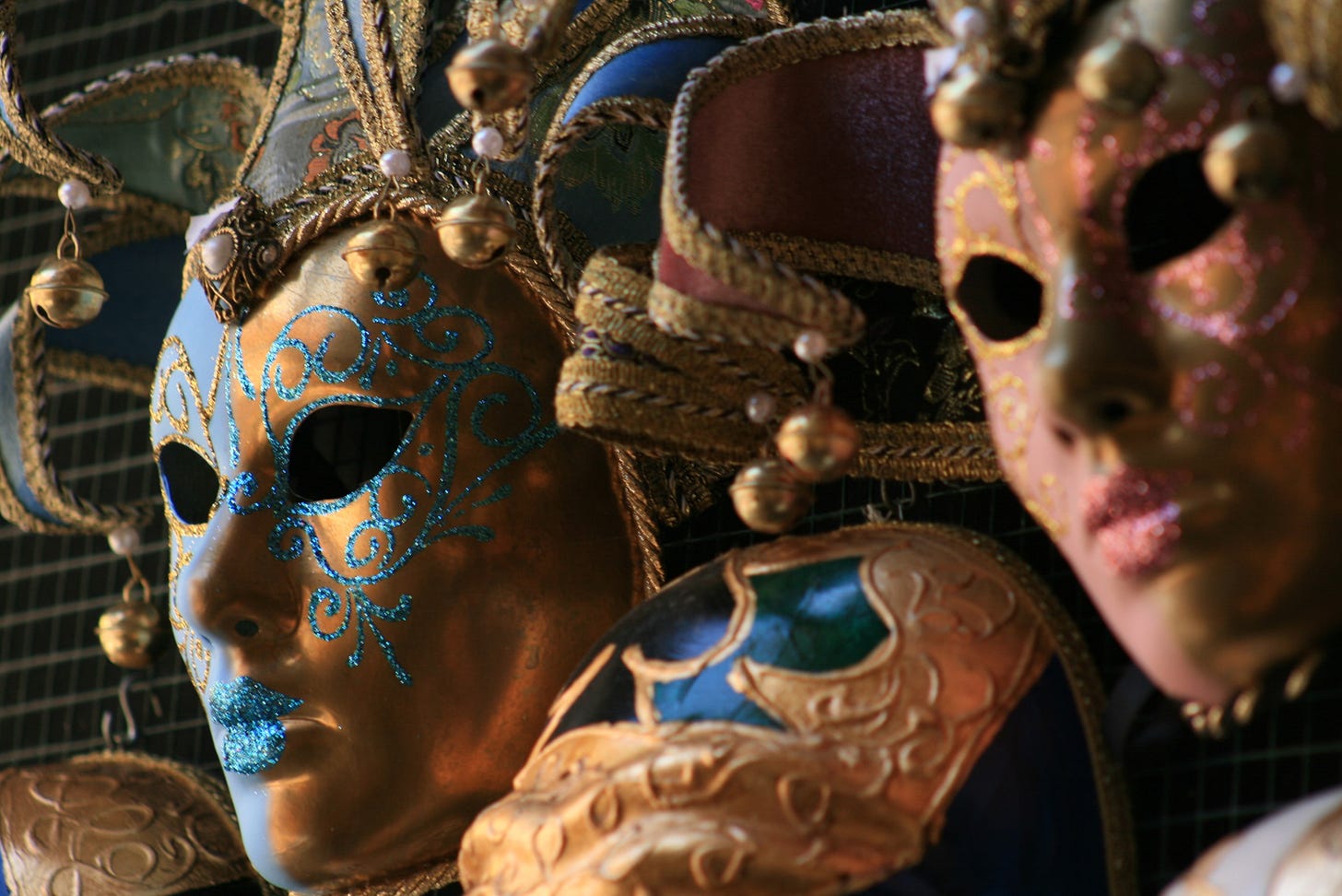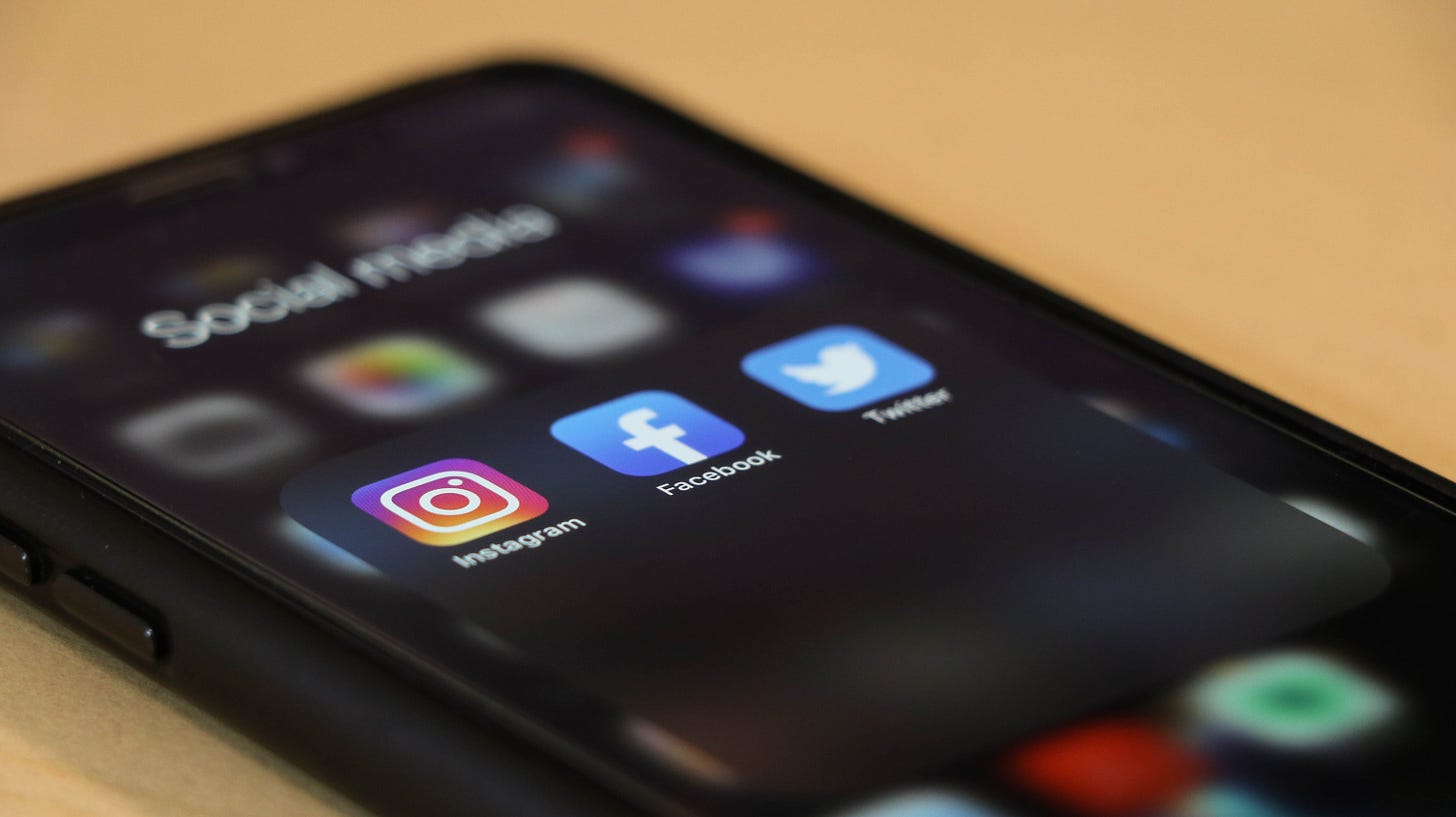I'm not sure when I became fascinated with Masquerade Masks. It didn't take me long to draw the parallel between masquerades and our real lives. We wear different masks for different people, never letting anyone see what's underneath. The imagery of masks has haunted me much of my life, but where did they come from?
The answer is Venice. Well, the majority agree it's Venice. There's some debate as to whether they started in Europe and only became famous because of Venice, which is part of the alluring mystery of masks. However, the majority of literature points to Venice as the originator.
The tradition of wearing masks started at carnivals sometime around the 14th or 15th century (there's debate over the century as well). The one thing agreed upon; masks were made for one purpose, to conceal one's identity. The first masks were simple and made from paper and glue (Paper Mache). Today, in Venice, the carnival masks are much more a thing of spectacle, looking like the wearer had bought out their nearest craft store.
There are multiple different styles of masquerade masks. All of them were as different as the people they concealed. For example, the Colombina, a half mask most commonly worn by women, contrasted with the Volto, a full face mask covering everything but the eyes, allowing the wearer to be faceless. For bolder people, there was the Pantalone meant to call to mind a bird. Who wouldn't want to go galivanting for a night with a mask that had a beak?
When one thinks of masquerade masks, it's easy to associate them with the elite and Beauty and the Beast-styled ballrooms. However, masks were even worn by the common folk. During carnivals, wearing the mask allowed the high society and low society to intermingle, something normally socially unacceptable. The masks hid people's identities leveling the social playing field.
In addition to the two classes intermixing, masks allowed people to exercise free speech. Hiding their face gave people the confidence to share their most controversial ideas because their identities remained a secret. People could say anything without consequences. It also was a way for the most marginalized to be heard. Under a mask, no one cared about your societal rank.
Masquerade culture was a means of avoiding consequences, mingling with the opposite class, and exercising one's right to speak out. One could argue the mask was foreshadowing technology today. While very different, it's easy to see the parallels between social media and masquerade masks. Whether behind a screen or a mask, people are emboldened. People say and do things on social media they would never do in person, foreshadowed by what people did when hiding behind a mask. In both cases, they are also just a projected image, not reality.






